

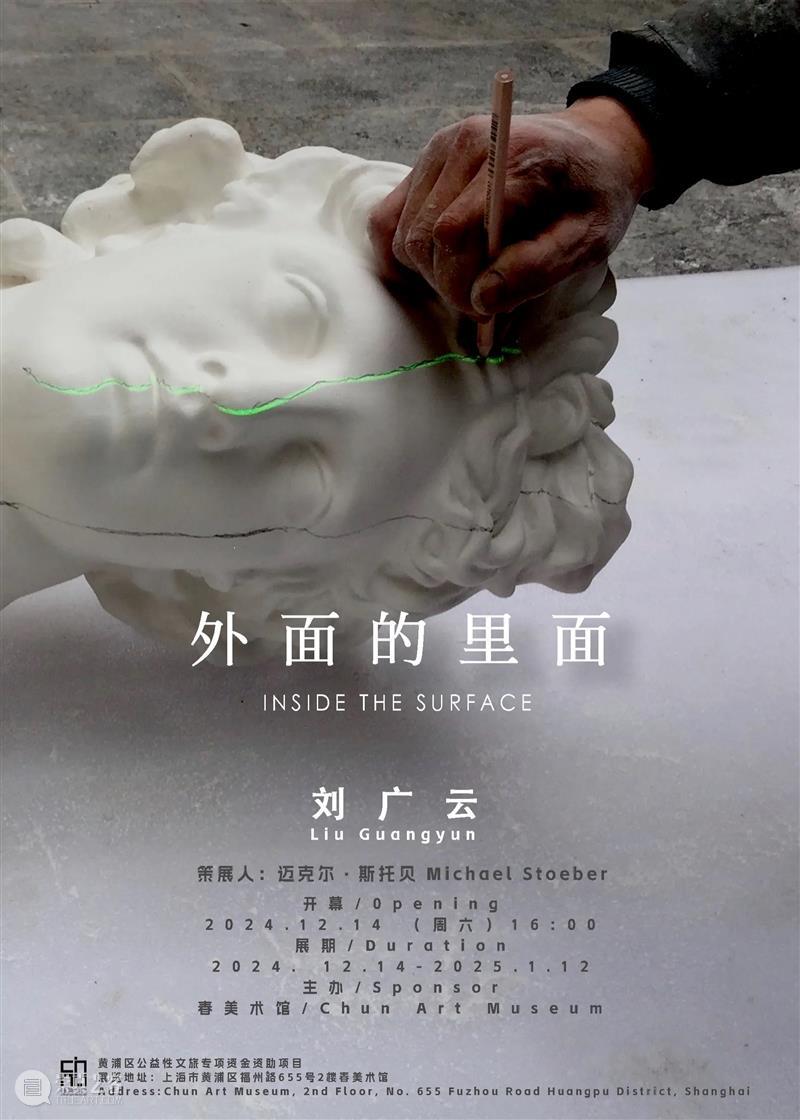
展览名称:外面的里面
艺 术 家 :刘广云
展览时间 :2024.12.14-2025.1.12
展览地点:上海 春美术馆
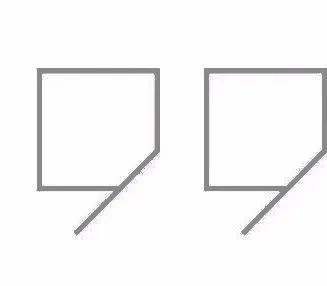
我不太想以艺术的名义活在概念里。
——刘广云
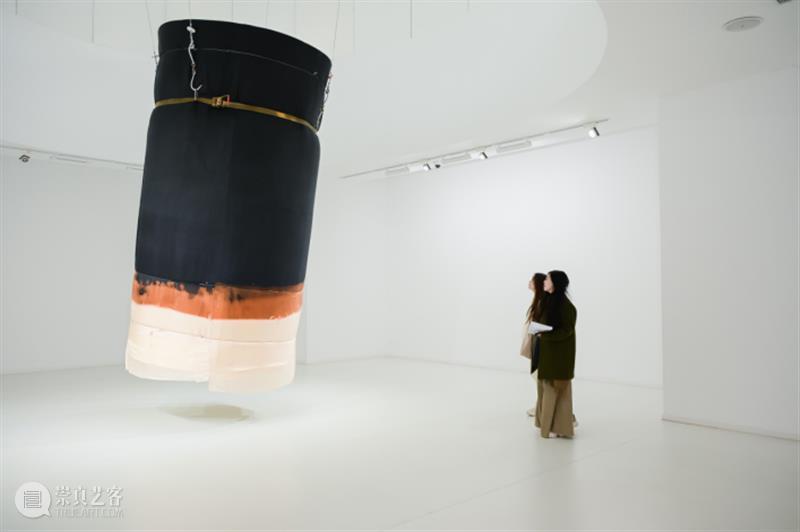
刘广云个展《外面的里面》12月14日在上海春美术馆开幕,展览由德国的知名策展人,艺术评论家迈克尔·斯托贝尔Michael Stoeber 策划,展览至2025年1月12日结束。
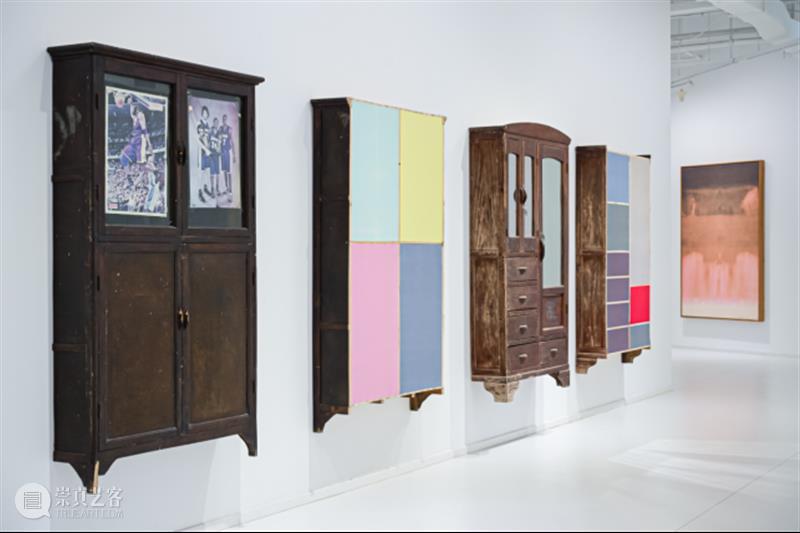
▲ 外面的里面 刘广云个展现场 上海春美术馆
刘广云借助了事物的表?不?作为表达的切口展开他的?作,即使他使?寓意,虚构和幻想作为媒介,也都不是?的本身,?是他试图扩展自己与观众认知的载体。自我认知是?个古?的哲学问题,?直不断被?们重新提出。甚?远古时代就在试图寻找答案。我们可以在德尔斐阿波罗神庙的?段被?泛引?的铭?中找到了它,就是“了解你自己”。与之相关的观念是,?对?我的定义是流动的?不是固定的,是可变的?不是确定的,这也决定了现代思维。法国诗?阿瑟·兰波(Arthur Rimbaud)的?句名?“我是另?个?(Je est un autre)已成为家喻户晓的谚语。也许正是这种谜题般的语?游戏,构成了?个?自我认知的最内在本质。它似乎总是就在你看不?的地?存在着。?我的另?种定义也已众所周知。它来?格特鲁德·斯坦因(Gertrude Stein),有?种俏?的轻盈,却隐藏着?活的严肃。斯坦因是上个世纪住在巴黎的?位富有的美国作家,她是?蒂斯和毕加索的朋友,很早就买了他们的画,她解释说:“我就是我,因为我的?狗认识我。”她以宏?的、基于达达主义的语?姿态,抛开所有哲学、?理学和社会学的阐释,将?我认知的问题置于艺术家也喜欢探索和研究的?常?活之中。
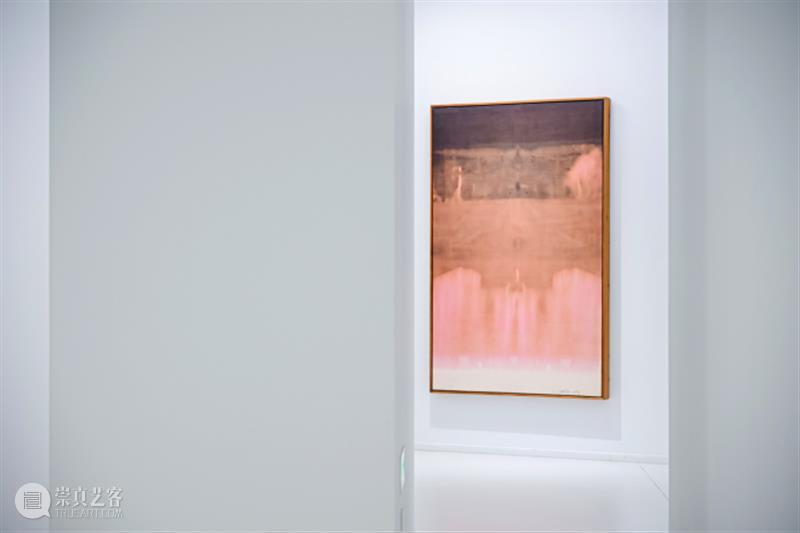
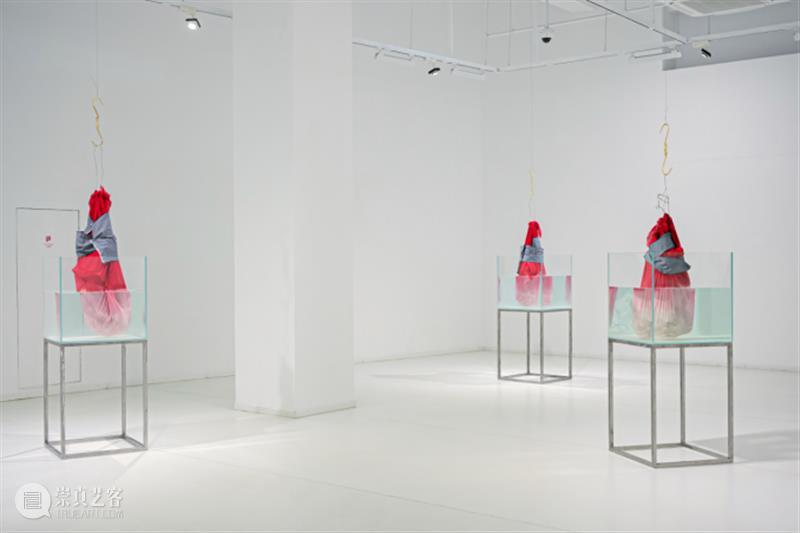
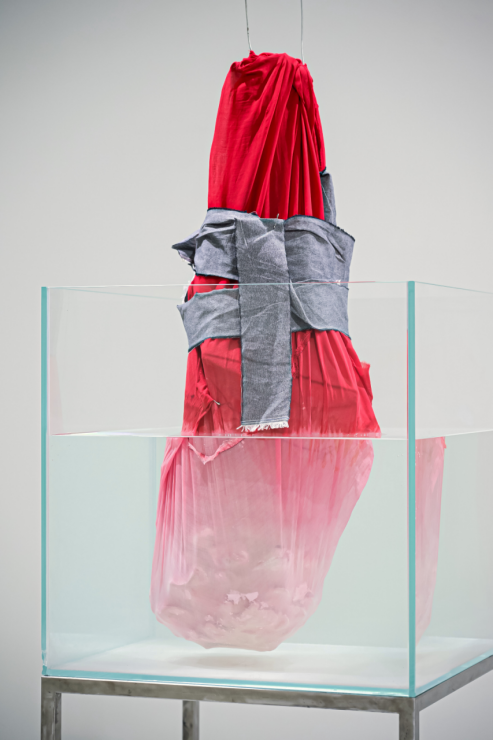
▲ 原本色 春美术馆展览现场
原本色 这就是刘?云在艺术作品中经常使?纺织品的原因:他试图用它们来解决存在主义的问题。织物的染?和脱?起着重要作?。在他的装置作品《原本色》(2016)中,去除织物上的颜?以恢复其原始的白色。脱色过程是其作品的核心。?捆不同颜?的布卷悬挂在天花板上,被浸?装有褪?剂的容器中,褪?剂会分解织物上的颜?使其尽量还原成原始的白色。令?印象深刻的是,这种暴力行为在很?程度上中和了材料的不同颜?,却?法彻底恢复原始的本色。好像有某种秘密DNA 可以阻?这种情况发?。该装置对?类状况的参考在这?已经很明显了。但当刘广云突然打断这种滲泡式的褪?动作,将布卷从玻璃缸中拉出并将它们作为雕塑装置悬挂在空中时,它就变得壮观了。这种悬挂,象征性地说是天地之间的?种安置,在空间上强调了布卷在有?和??之间的中间状态。这是解析穿着这些织物材料主体的辩证法。撕裂表明了它的状况。?论你在哪里、以何种?式看待它们,它们都在理性与情感、责任与倾向、光与影之间存在着。
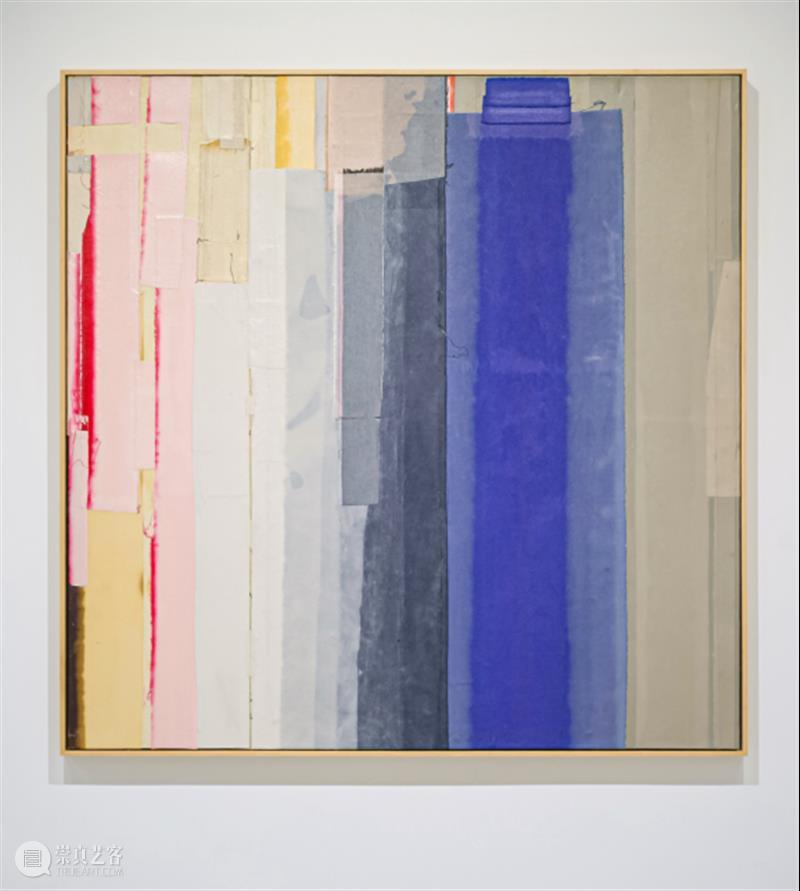
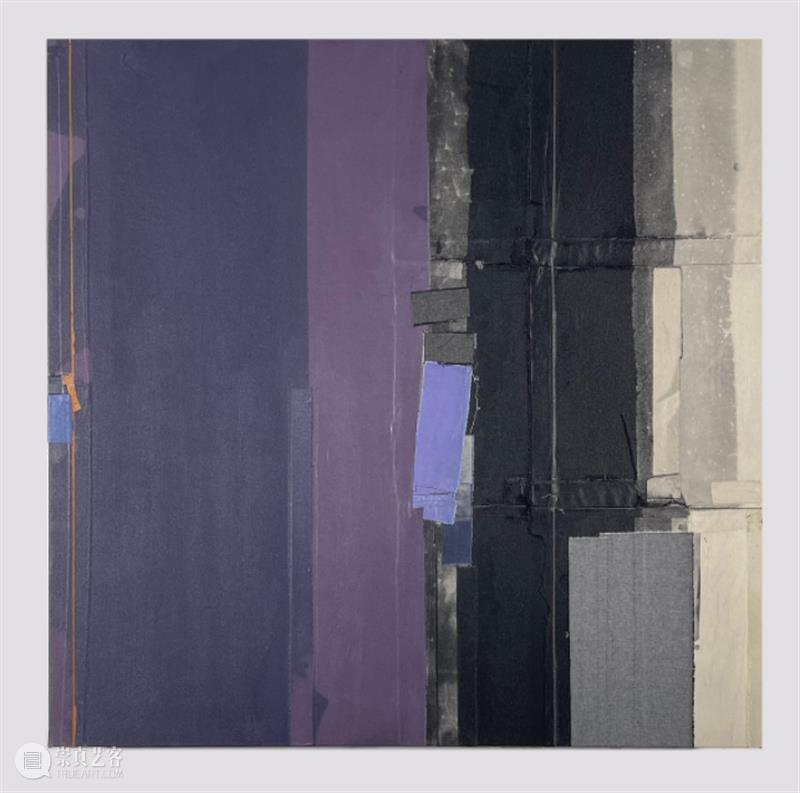
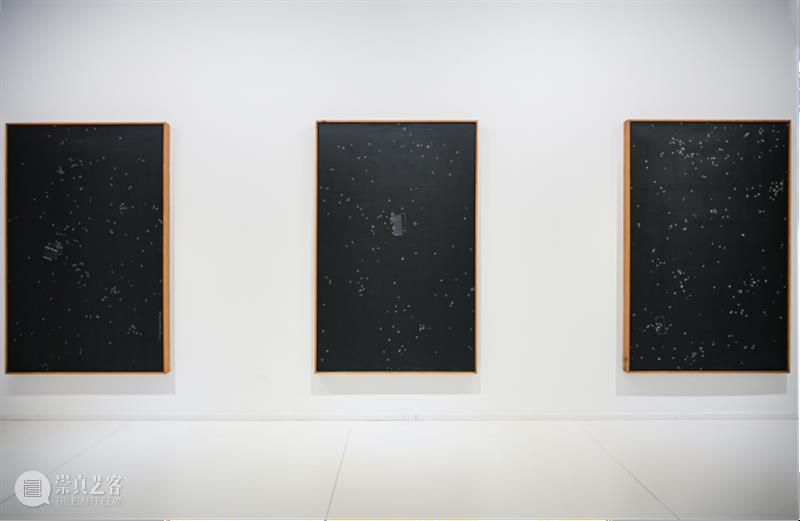
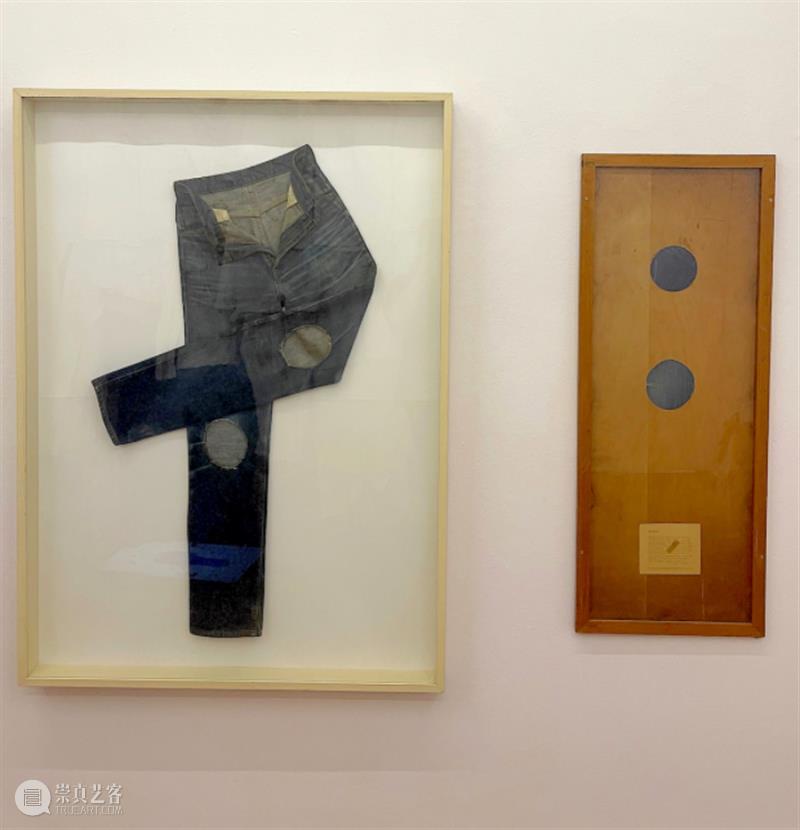
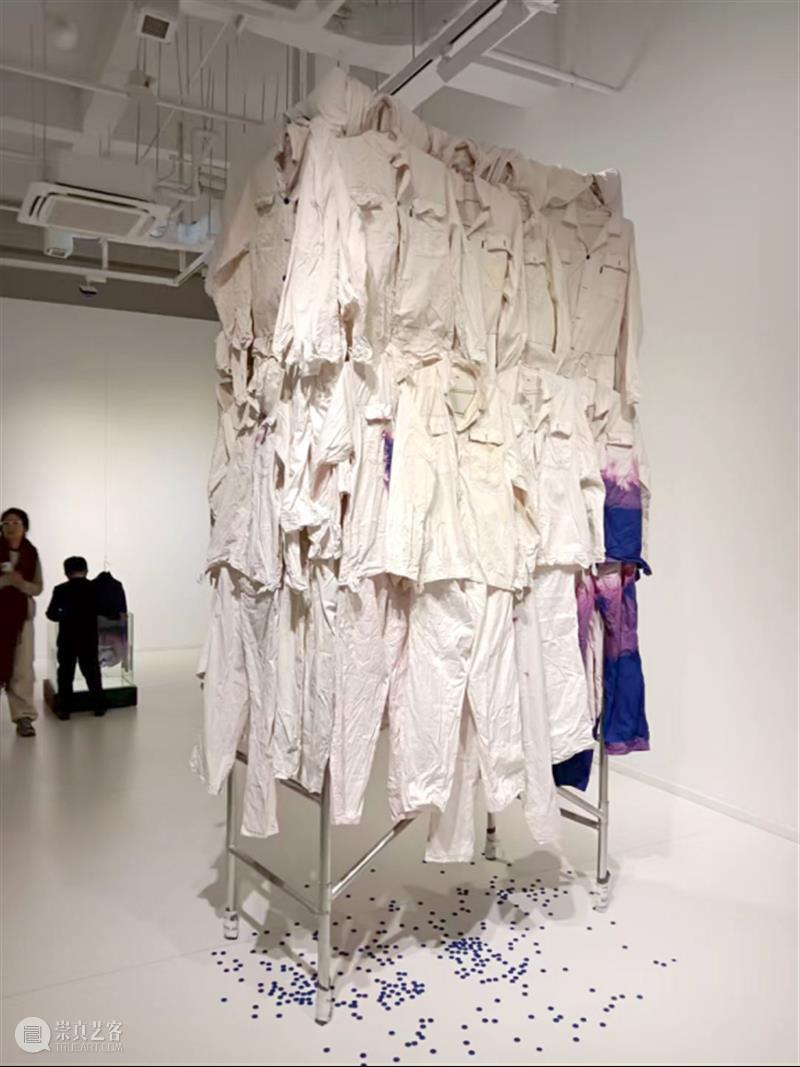
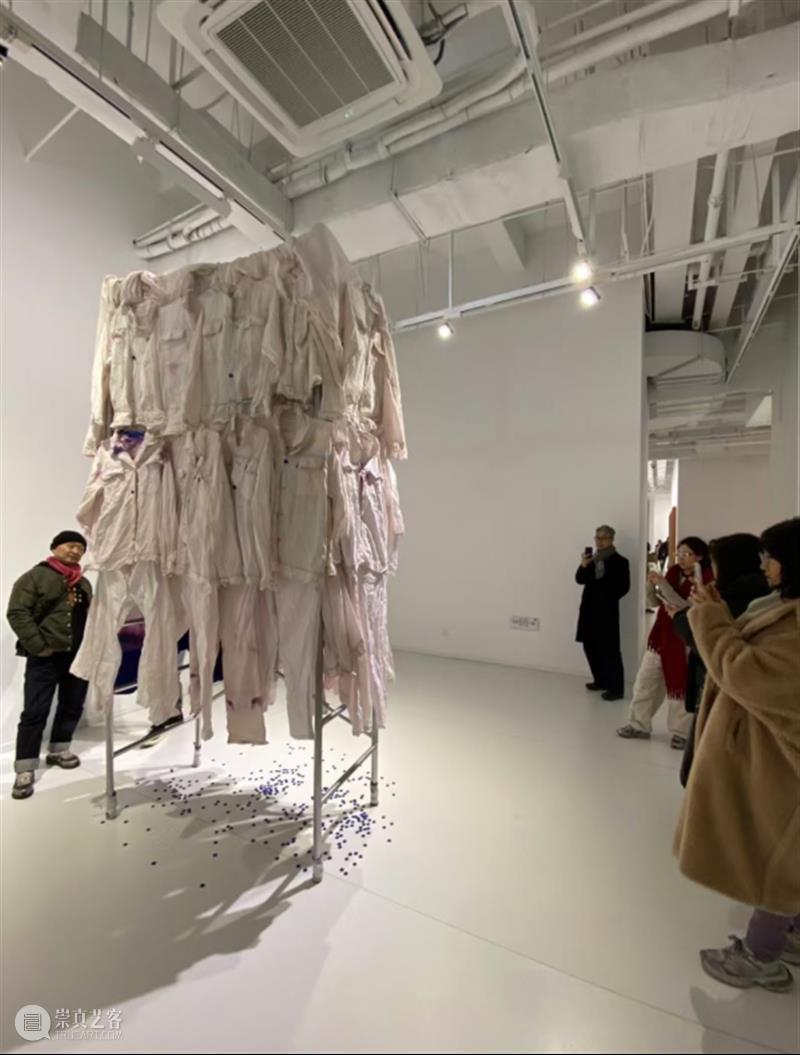
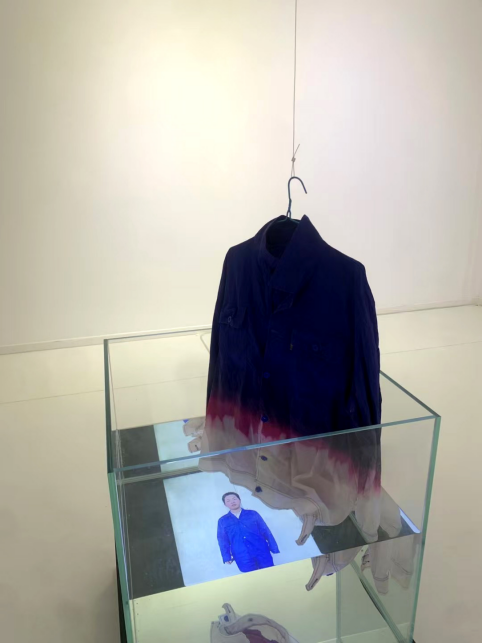
▲ 被褪色的工服 装置 2024 春美术馆展览现场
肖像 刘广云之前的作品本质上是关于?的?主性,而《肖像》(2019)的主题则体现了当代艺术家本?在作品创作中的?主性。这往往是由传统的?量而引申出来的,刘?云本?在?定程度上也经历过这?点。在中国,艺术家的训练仍然由传统为基础的,艺术史的例?以及对某些技巧的掌握决定了学院的美学标准。古代、?艺复兴和古典主义的正式规训体系实际上是神圣不可侵犯的。当刘?云对这?时期的作品进?批判性修改时,这?异于是?种反叛。刘?云在《肖像》中以前所未有的?式处理作为教学练习的古代著名雕塑的?膏模型,这些雕像展示了维纳斯和阿波罗或?艺复兴时期?开朗基罗的“大卫”。他?锯?将作品切成均匀的薄?,以外科?术般的精准度拆解了这些雕像。然后,他将雕像打散的各个部分?钩?连接起来并挂在墙上,以此?式消解了雕像的神圣性并进?步强化了这种舶来品的商品特征。
切片 这种?为所表达出的对古典形式理想的反叛在??现代性中具有传统。它经常发?在对丑陋、奇异和怪诞的崇拜中,这种崇拜往往趋于?形。刘?云的作品却并非如此。因为他??种形式代替了另?种形式,他在粗暴地解构传统审美的同时衍?出来另?种美学。作品的常规切割展现了雕塑经过加?的光滑外观和未经加?的粗糙内部。美的概念,其标志就是碎?。T.S.艾略特在他的史诗《荒原》中也讲述了这?点。它说我们今天??的东?“只是?堆破碎的图像”。将它们组合成?个整体是观众的?作。这给我们带来了切?的另?个功能,它补充了艺术家的作品(?产美学)和观众的参与(接受美学)。今天,由艺术家通过他的作品向我们提出问题: “我们必须自己寻找答案”, 1921 年,?尔托·布莱希特 (Bertolt Brecht) 在剧院的墙壁上写下了这句话,欢迎前来观看他的?部戏剧演出的游客。这不是为了娱乐,?是为了让观众?起思考。那些在那?并留下来的?经历了史诗戏剧的诞?。
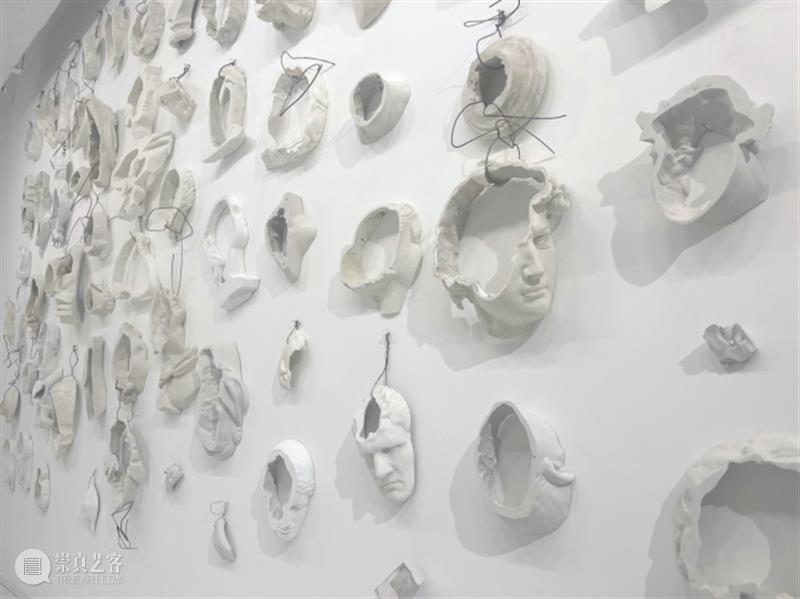
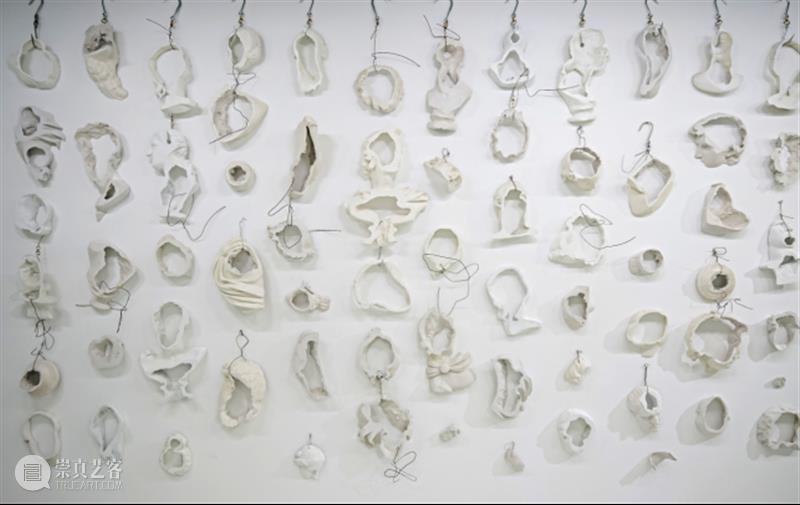
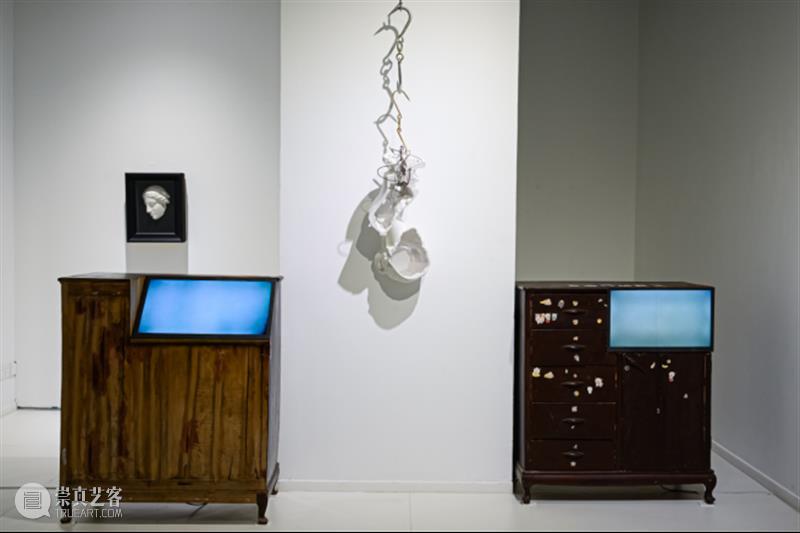
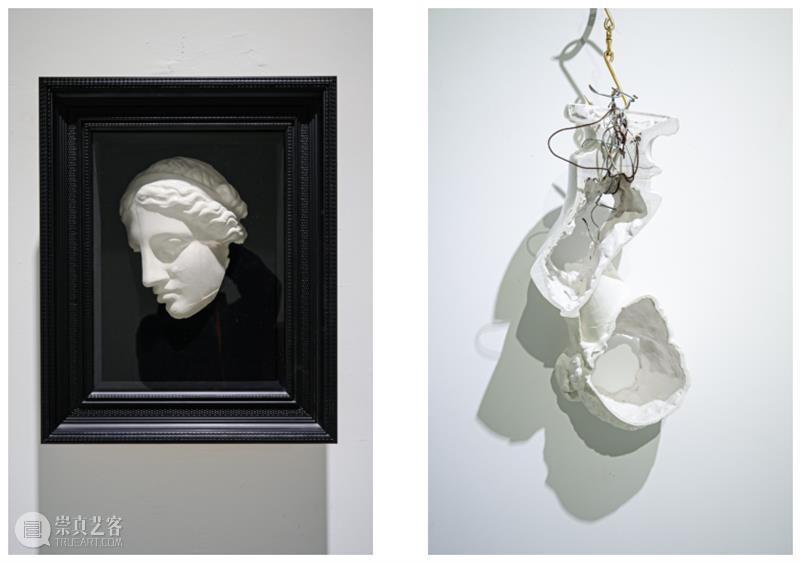
▲ 肖像 装置 2024 春美术馆展览现场
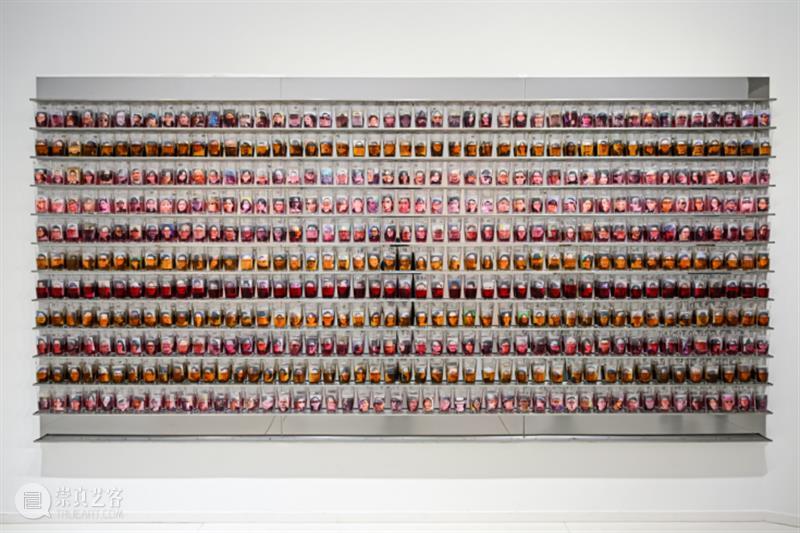
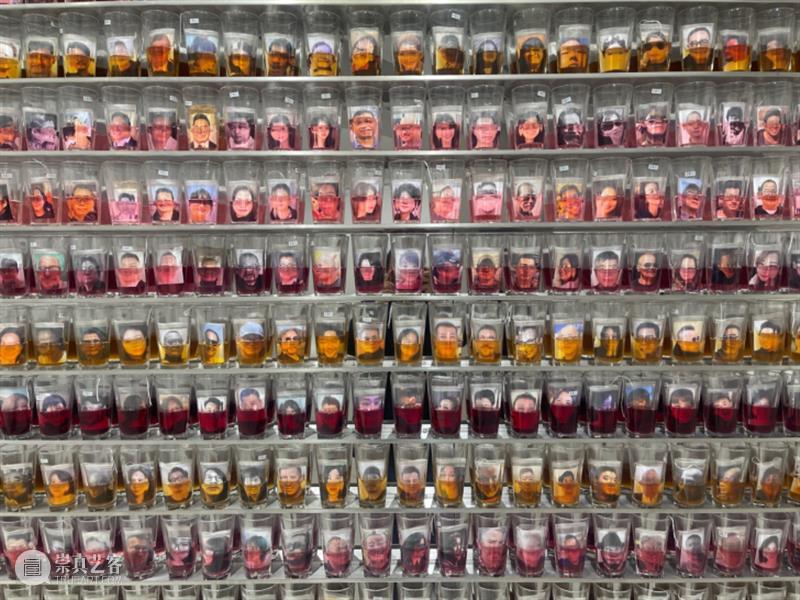
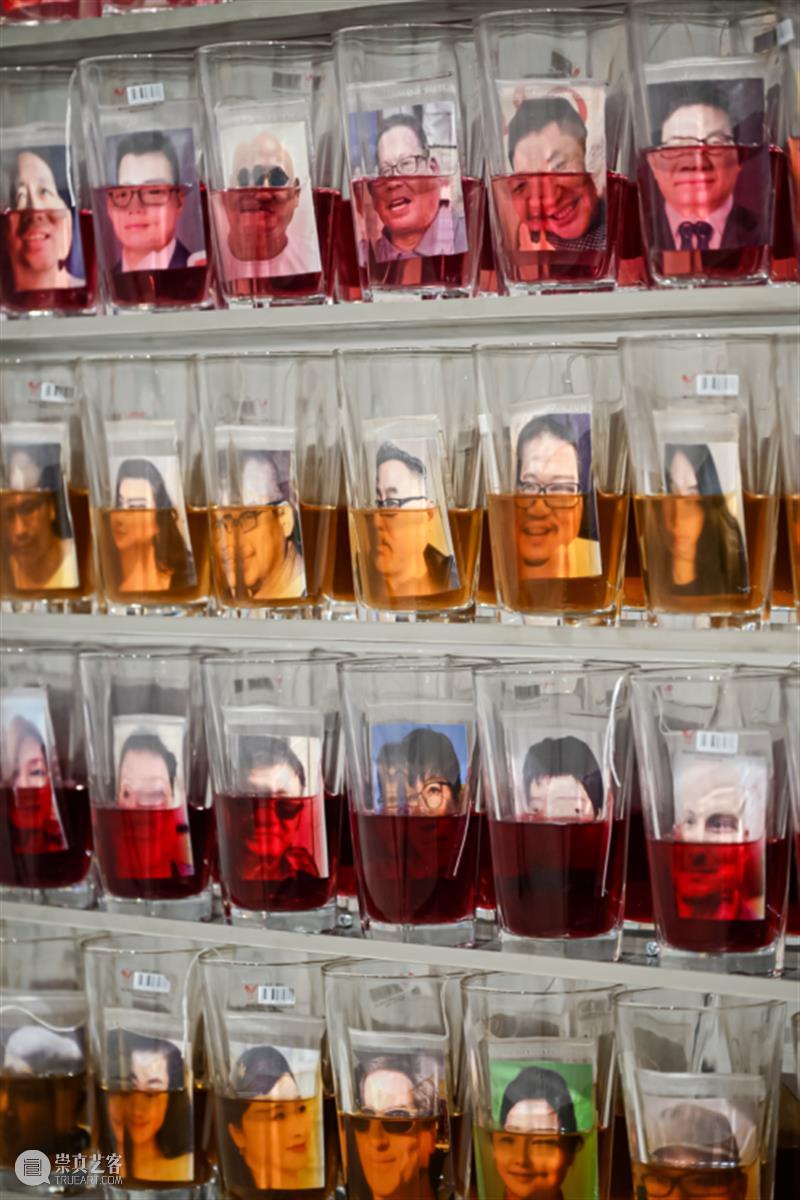
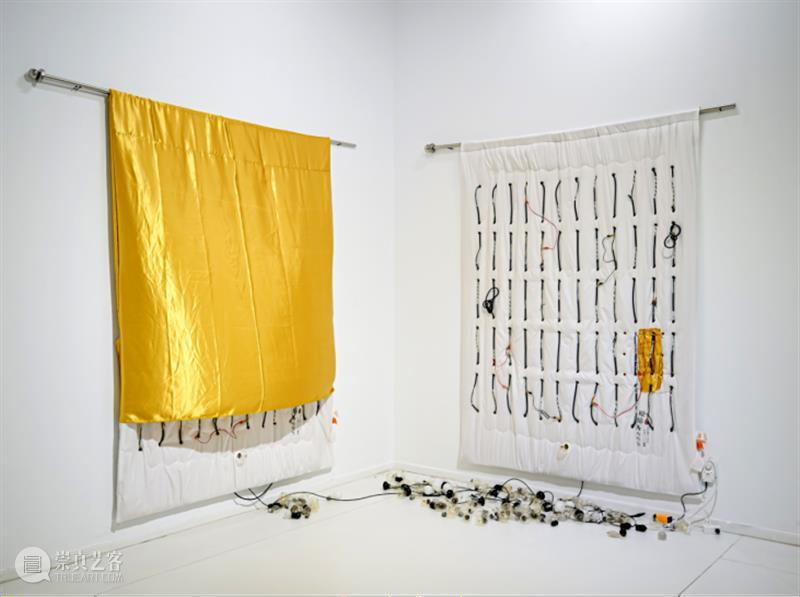
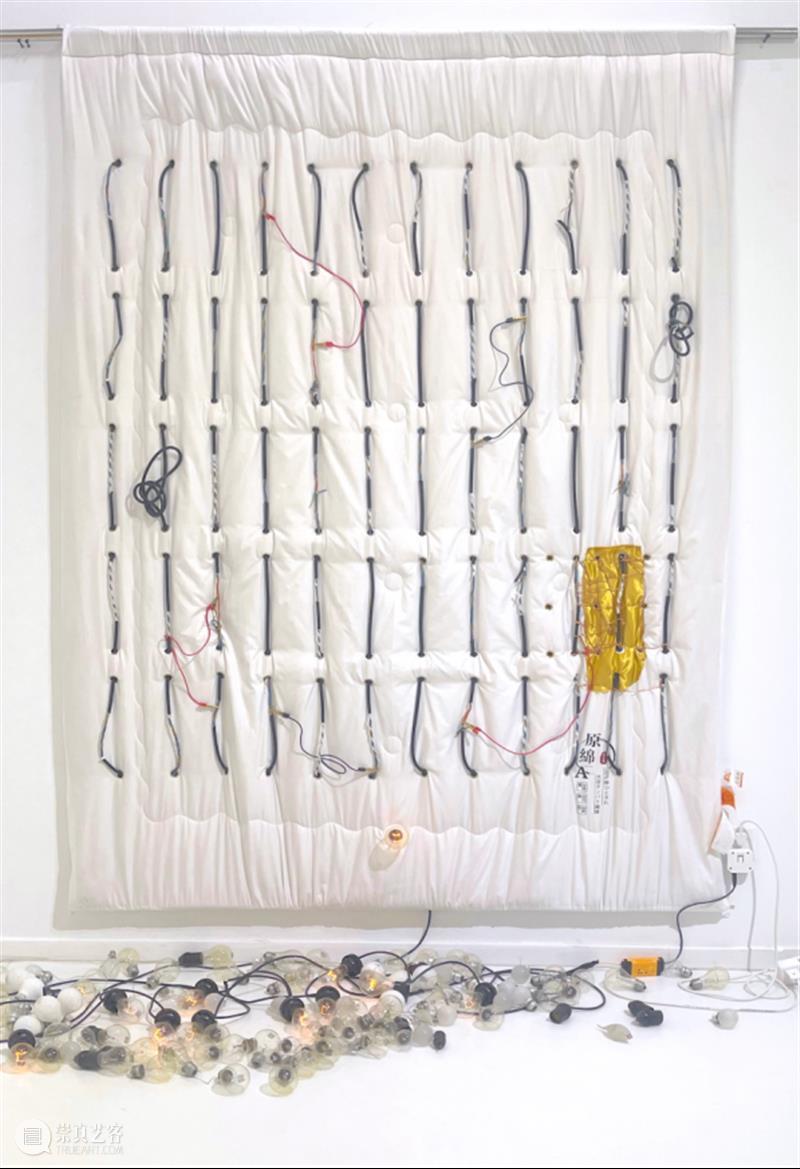
刘广云三十年来游?于中国和德国之间,他是?个在两种语?和文化之间的旅?者。尽管他在很多作品中显示了这种?活认知上的丰富性,但他却?法在这种中间状态中安定下来,这也让他回答?我存在的问题变得更加困难。它像?个通奏的低??样始终贯穿在艺术家的作品里。不言而喻,这并不只是刘广云的个?状态,当我们说“我”时,我们是谁?这个问题提出并强调了?我存在的处境也从艺术家那??直延展到我们每个?。
策展人 迈克尔·斯托伯Michael Stoeber(德)
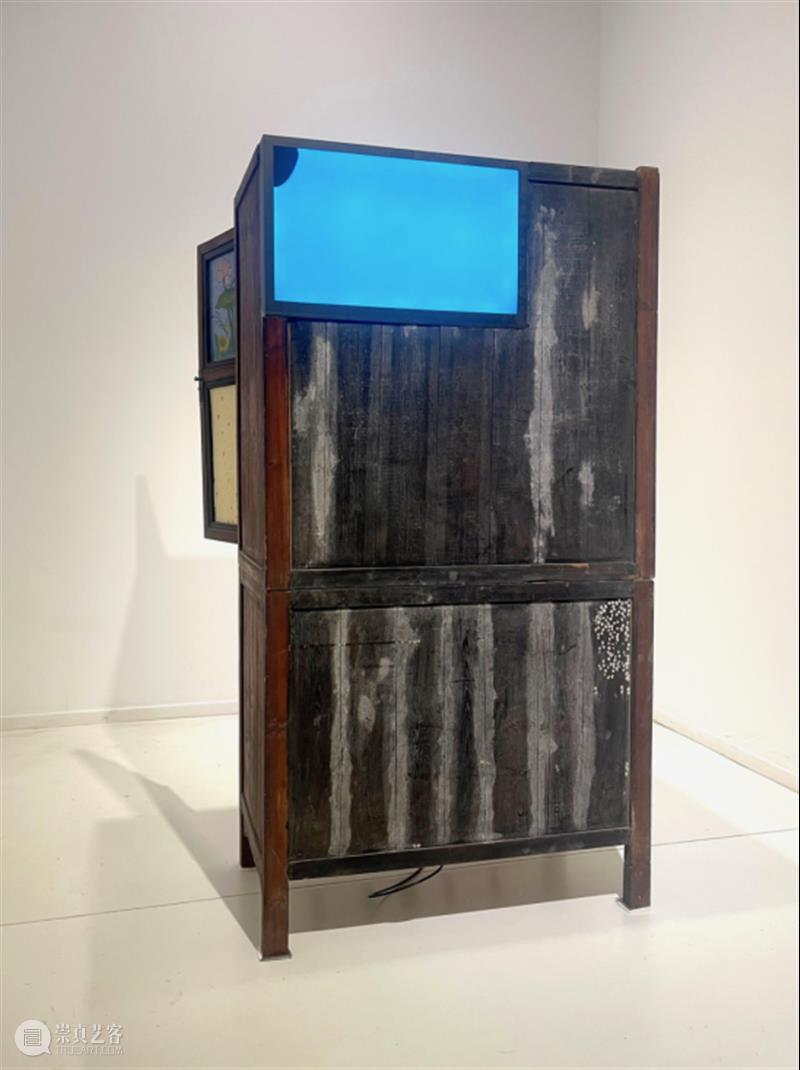
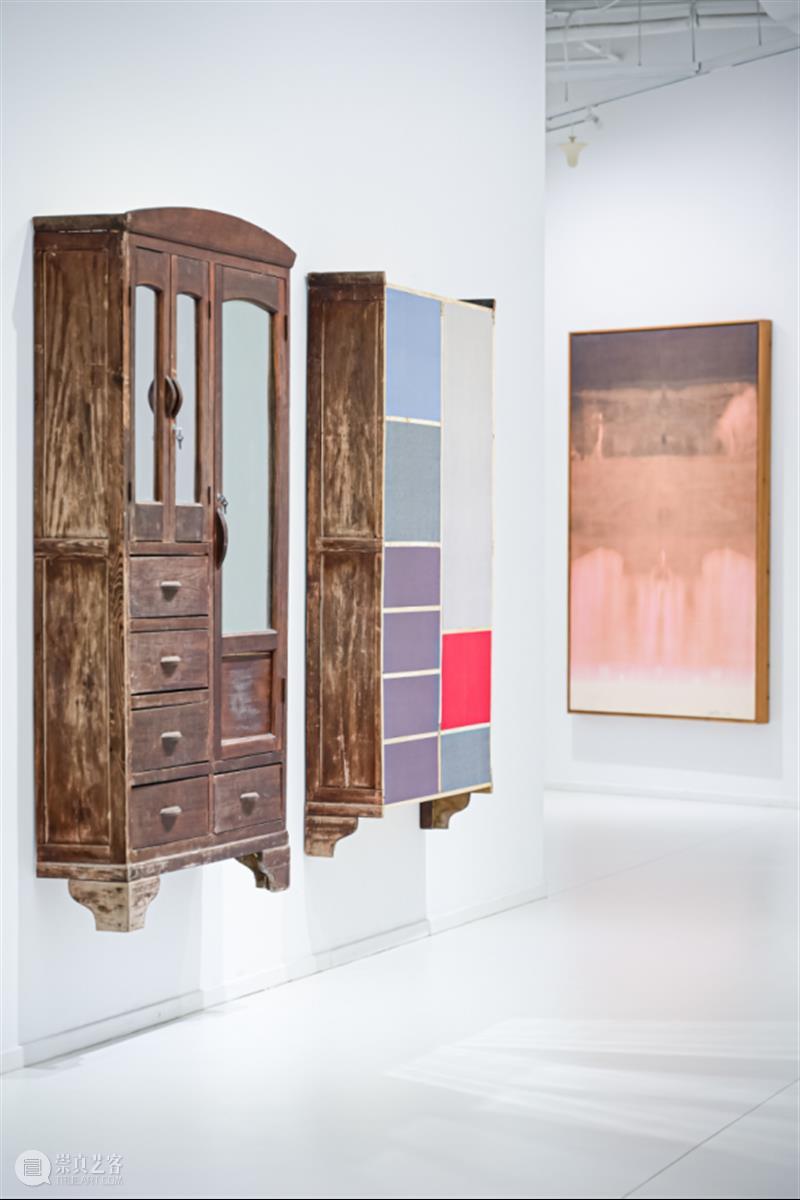
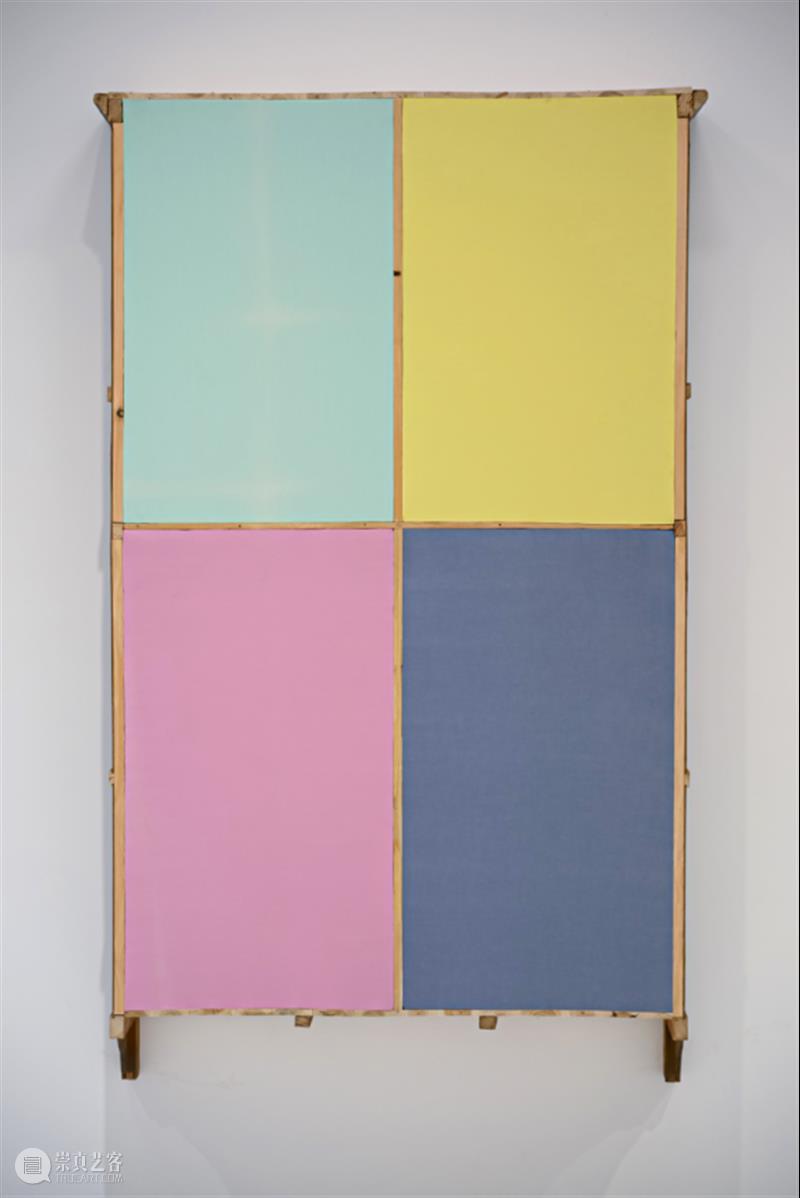
▲ 外面的里面 装置 2024 春美术馆展览现场
INSIDE THE SURFACE.
Michael Stoeber
This is an obvious paradox. We know that the outside is not the inside, but the appearance. Like the skin, it extends from the visible signs to some inner fact and points to the heart of things. Even if there are no signs, appearances take on the role of concealing and concealing the truth. And that's exactly what philosophers and artists need to reveal. To achieve this, they must make an equal distinction between the external and the internal. It is crucial for philosophers to understand what is internal and what is external, what is real and what is fleeting, because this distinction touches on the understanding of truth. This insight is equally important to Liu. Even if he uses allegory, fiction and fantasy as a medium, it is not an end in itself, but a vehicle through which he tries to expand his own perception with his audience. At the heart of Liu Guangyun's artwork is actually a question of identity. He only uses the inconsistencies of things as an incision of expression to carry out his work. Identity is an age-old philosophical question that has been constantly resurfaced. Even time immemorial was trying to find answers. We can find it in a widely quoted inscription at the Temple of Apollo in Delphi. “Gnothi seauton!” Know thyself! The related notion that identity is fluid rather than fixed, variable rather than definite also determines modern thinking. A famous quote by the French poet Arthur Rimbaud, "I am another person (Je est un autre) has become a household name." Perhaps it is this enigmatic language game that constitutes the innermost essence of one's identity. It always seems to be there right out of sight. Another definition of identity is also well known. It comes from Gertrude Stein and has a playful lightness, but hides the seriousness of life. Stein, a wealthy American writer who lived in Paris in the last century, was friends of Matisse and Picasso and bought their paintings early on, explaining, "I am who I am because my puppy knows me." With a grandiose, Dadaist-based linguistic gesture, she sets aside all philosophical, psychological, and sociological interpretations to place the question of identity in the everyday life that artists also like to explore and study.
ORIGIANL COLOUR. This is why Liu Guangyun often uses textiles in his art: he tries to use them to solve the problem of existentialism. The dyeing and decolorization of fabrics play an important role. In his installation Original Colours (2016), the removal of colour from fabrics to restore their original white colour becomes a question of the original identity of those who wear them. Liu Guangyun has exhibited the work in a gallery in Shanghai, where the decolorization process is at the heart of his work. Large bundles of cloth rolls of different colours are suspended from the ceiling and immersed in containers filled with a fading agent that breaks down the colours on the fabric to restore as much as possible to its original white. Impressively, this violence largely neutralizes the different colours of the material, but does not completely restore the original colour. It's as if there's some sort of secret DNA that prevents this from happening. The device's reference to the human condition is already evident here. But when Liu Guangyun abruptly interrupts this bubble-like fading action, pulls the rolls of cloth out of the glass jar and hangs them in the air as a sculptural installation, it becomes spectacular. This kind of hanging, symbolically speaking, is a kind of placement between heaven and earth, which spatially emphasizes the intermediate state of the cloth roll between coloured and colourless. This is the dialectic that analyses the subject of the material in which these fabrics are worn. The tear indicates its condition. No matter where you look at them and how you look at them, they are torn between reason and emotion, responsibility and inclination, light and shadow. Centuries ago, Immanuel Kant wrote in his manifesto What is the Enlightenment? with the slogan "Sapere aude!” At the end of his life, he discovered that man is a crooked tree that cannot be straightened. Liu Guangyun's faded cloth scrolls provide impressive visual confirmation as a metonymy of humanity.
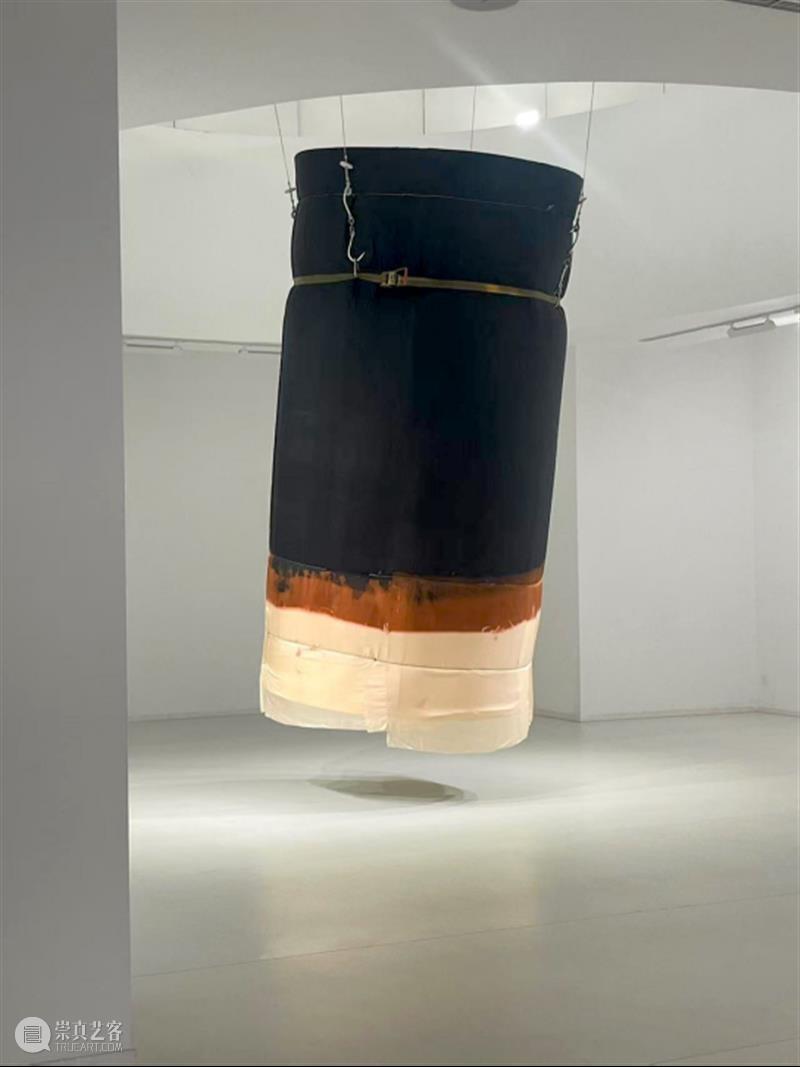
▲ ORIGIANL COLOUR installation 2024 Shanghai Chun Art Museum
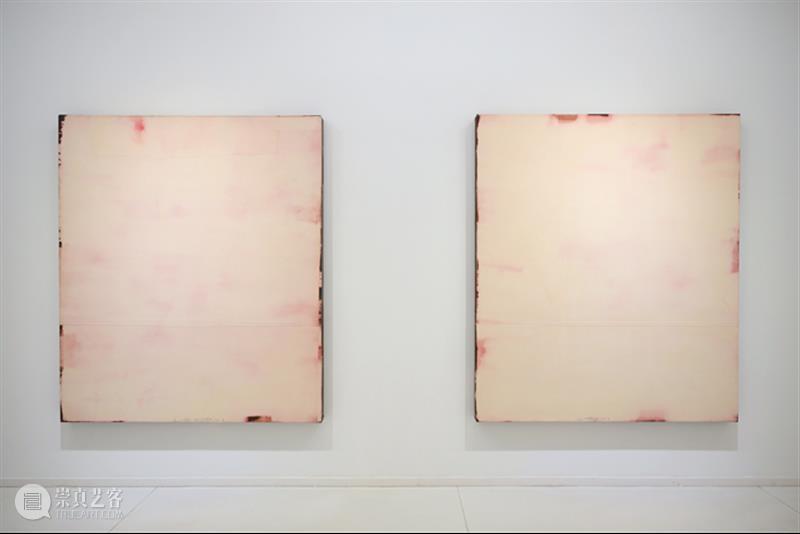

▲ Original Colours 120x120cm Material painting 2021 Shanghai Chun Art Museum
BLEACHED WORK CLOTHES. The process of fading also takes on a concrete symbolism in Liu Guangyun's new work “Bleached work clothes” (2024), which is on view for the first time this year in the group exhibition "Deep Distance, Tender Touch" at the Opel Villa Art Museum in Germany. The trigger for this work is the reality of survival that migrant workers in China's cities often face today. The work shows, in the form of an installation, a pile of bleached blue overalls, most of which have been restored to their original white colour due to fading treatments. This process of turning from blue to white seems to symbolize the dream of the social status of the workers who wear them. The title of the installation also refers to this in terms familiar to sociology. This progress has brought with it greater social obligations and responsibilities.
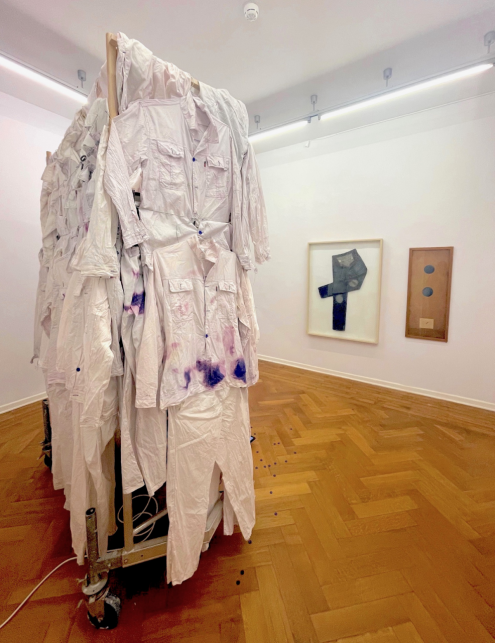
▲ BLEACHED WORK CLOTHES installation 2024
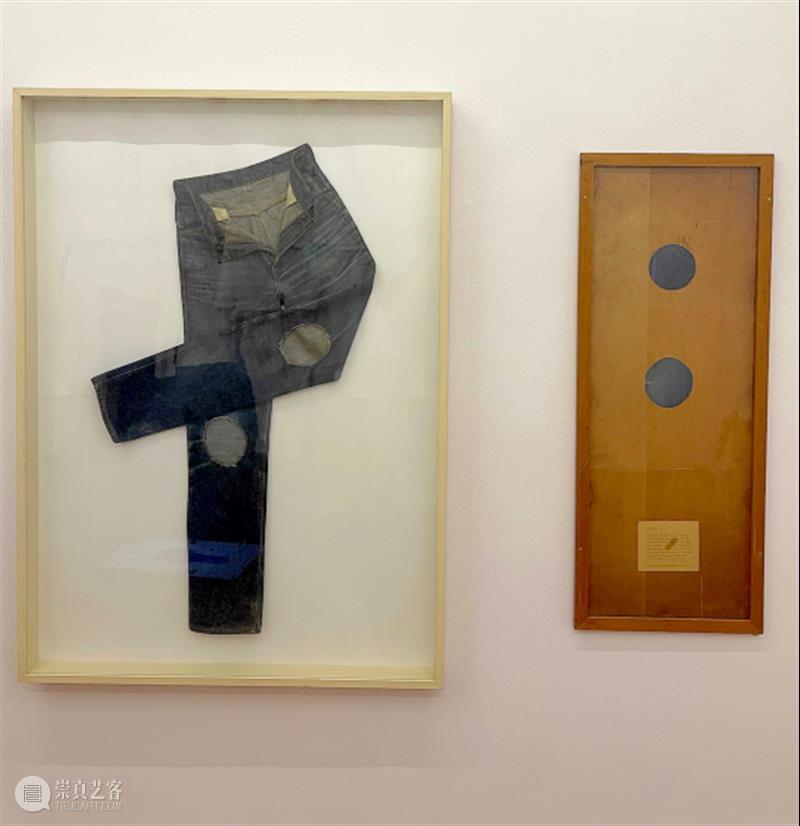
▲ Joseph Beuys “The Orwell-Leg – Trousers for the 21st Century”
POTRAIT. Liu Guangyun's previous works were essentially about the autonomy of people in society, and the theme of “Portrait” (2019) reflects the autonomy of contemporary artists in the creation of their works. This is often derived from the power of tradition, and Liu Guangyun himself has experienced this to a certain extent. In China, the training of artists is still based on tradition, and the examples of art history and the mastery of certain techniques determine the aesthetic standards of the academy. The formal systems of discipline of antiquity, Renaissance, and classicism were practically sacrosanct. When Liu Guangyun critically revises the works of this period, it is tantamount to a rebellion. Liu Guangyun treats in an unprecedented way the plaster casts of famous ancient sculptures that are used as didactic exercises to show Venus and Apollo or Michelangelo's "David" of the Renaissance. He used a saw to cut the works into even slices and dismantle the statues with surgical precision. He then connected the scattered parts of the statue with meat hooks and hung them on the wall, thereby dissolving the sacredness of the statue and further reinforcing the commodity character of this imported product. The rebellion against the ideals of classical form, expressed by this act, has a tradition in Western modernity. It often occurs in the cult of the ugly, the bizarre, and the grotesque, which tends to be invisible. This is not the case with Liu Guangyun's work. Because he replaces one form for another, he derives another aesthetic while crudely deconstructing the traditional aesthetic. The regular cut of the work reveals the sculpture's smooth and unprocessed exterior and unprocessed rough interior. The concept of beauty, which is marked by fragments, is absolutely modern in two ways. On the one hand, because it expresses "the end of a great story" (Jean-Fran?ois Lyotard), which T.S. Eliot also tells in his epic poem "The Waste Land". It says that what we hold in our hands today is "just a pile of broken images." Putting them together into a whole is the work of the audience. This brings us to another function of the slice, which complements the artist's work (the aesthetics of production) and the participation of the audience (the aesthetics of reception). Today, it is up to the artist to ask us the question through his work: "We must find the answer for ourselves", a phrase written by Bertolt Brecht on the walls of the theatre in 1921 to welcome visitors who come to see the performance of his first play. It's not for entertainment, it's for the audience to think together. Those who were there and stayed, experienced the birth of an epic drama.
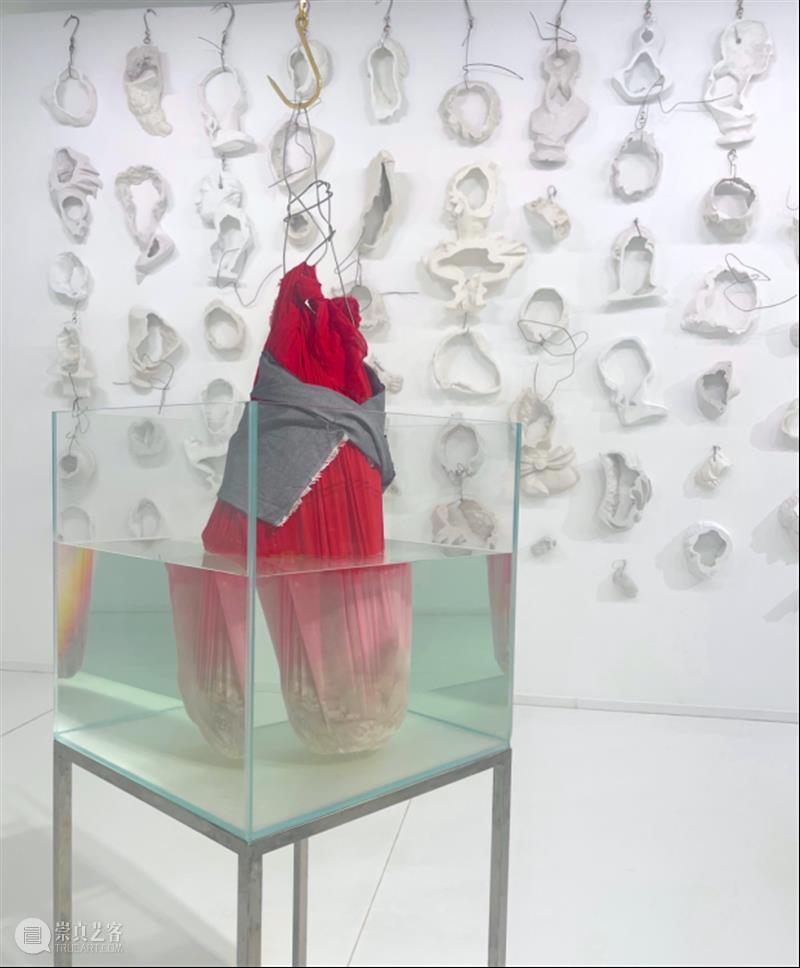
▲ POTRAIT installation 2024 Shanghai Chun Art Museum
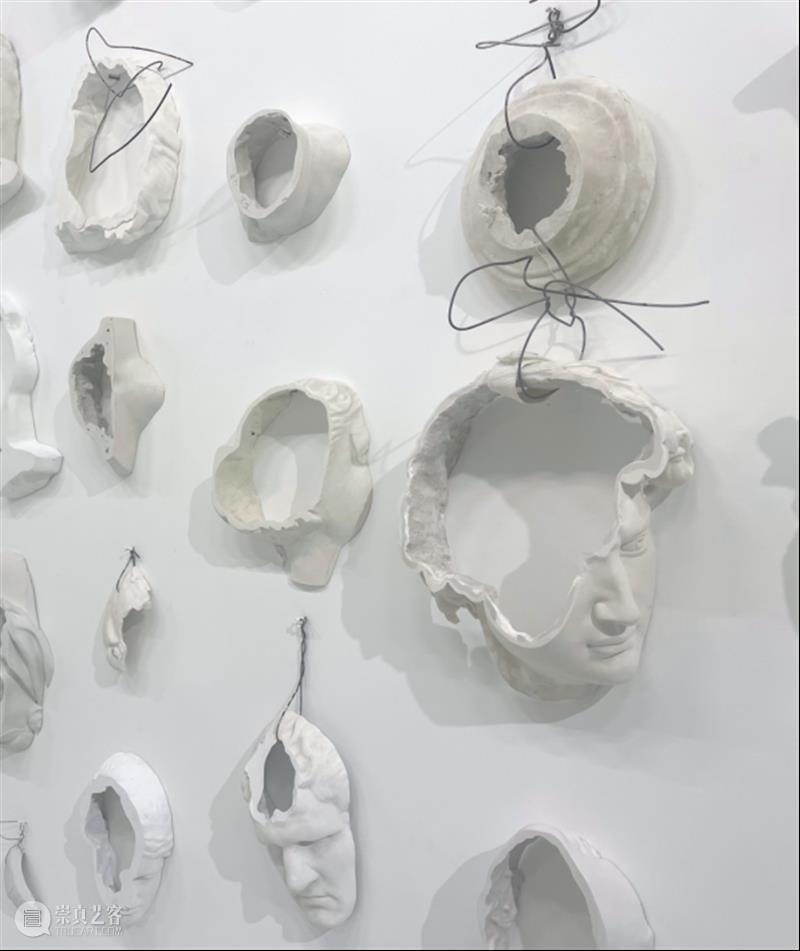
▲ POTRAIT installation 2024 Shanghai Chun Art Museum
BUBBLE. Another installation monument built by Liu Guangyun for his circle of friends on social media "Bubble" (2024). The installation consists of headshot photos of his friends and acquaintances on social media, some in black and white, some in colour. The cups are also in a uniform format, half for tea and half for wine. The choice of tea and wine is the most symbolic. Although our global consumption habits are becoming more and more similar, tea is still the most popular daily drink for Chinese, and wine is also the best choice for Europeans. This subtly shows that the artist did not make any nationalistic distinction in the choice of friends and acquaintances. By re-identifying them through his artworks, he follows an openness and freedom that is diametrically opposed to the Network security, and he establishes a relationship between the familiar and the unfamiliar in the public and the private, while at the same time, the avatars of netizens in Liu Guangyun's works also foreshadow a certain gap in recognition through the inverted processing of the image and the shape variation of the refraction of water. This impression was even stronger when the artist had his social circle of friends and acquaintances form a 500-line display of glass in a array. At the same time, it is also a special aesthetic experience, with symmetry, proportions and colours reminiscent of minimalist works of art. The arrangement of tea and wine allows the viewer's gaze to transition from shallow to deep, from dark to light, gradually and delicately tonal. At the same time, visiting the installation is also a synaesthesia experience, and the aroma of tea and wine may be in the air.
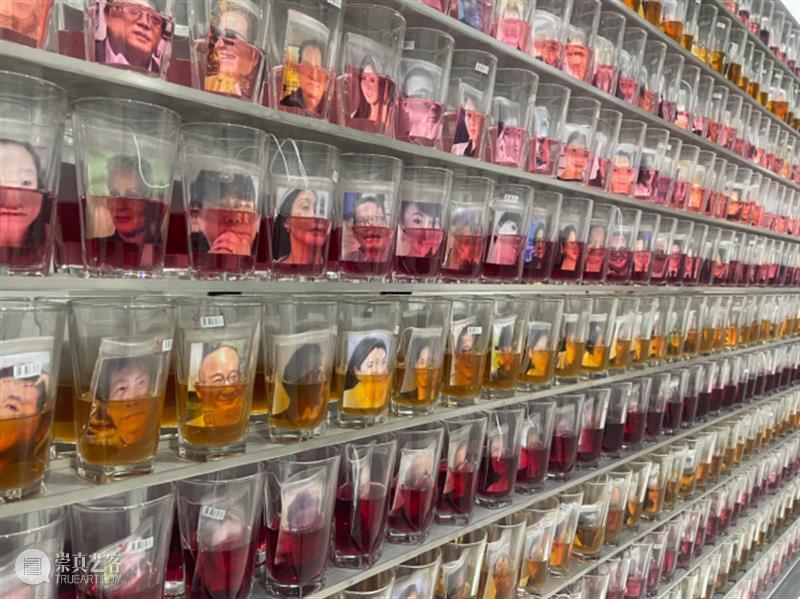
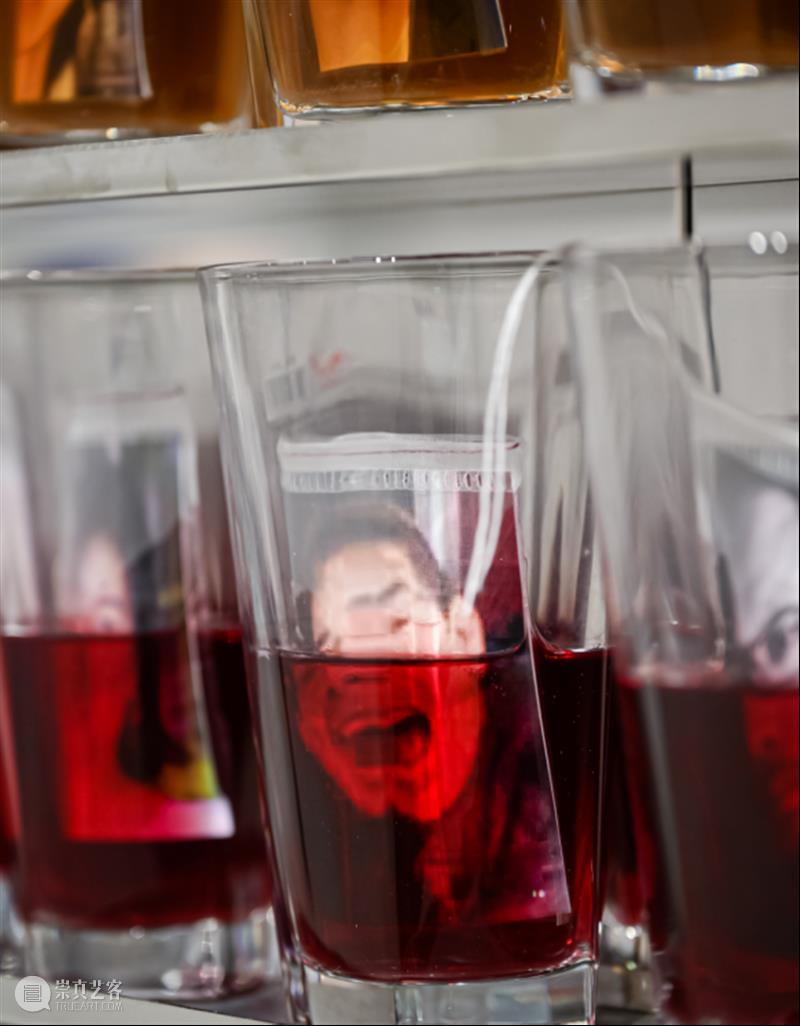
▲ BUBBLE installation 2024 Shanghai Chun Art Museum

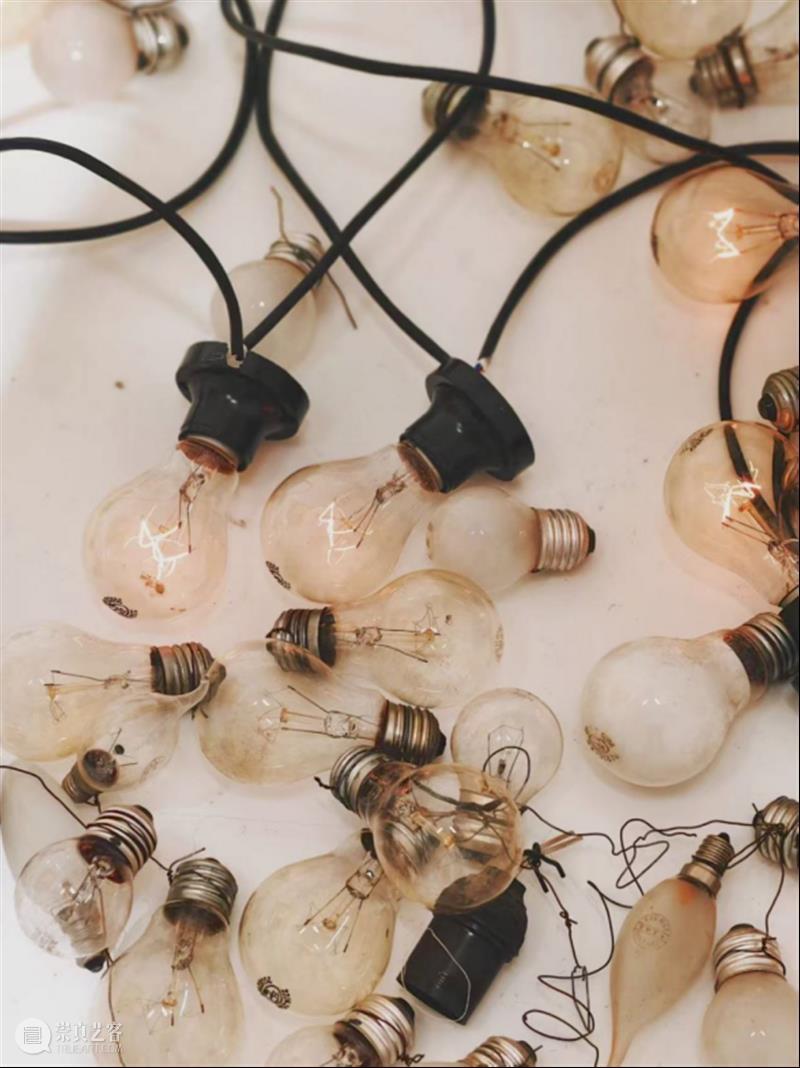
▲ ELECTRIC HEATING QUILT. This installation Shanghai Chun Art Museum
ELECTRIC HEATING QUILT. This installation also has a subtext that should not be overlooked. What we see is a white quilt and a gold quilt cover. Cables and wires are scattered across the quilt surface, some of which are exposed, giving a sense of unease. The light bulb on the quilt is interactive, and as soon as the audience approaches the device, the sensor sends a signal to the light, and the light comes on. At first glance, the whole arrangement has a surreal feel. How should a quilt with a wire be understood? Just like people understand surreal works or dreams. Sigmund Freud tells us that when analysing, dreams follow their own very precise language. Thus, the surrealists declared psychoanalysts to be one of their own. A quilt is one of the most intimate and intimate items for people, and it also has a meaning of warmth and protection. Apparently the system of wires associated with the dangers in the installation is completely contradictory, and perhaps the artist wants to tell us that what is closest to us is not necessarily the safest.
Having travelled between China and Germany for 30 years, Liu Guangyun is a wanderer between two languages and cultures. Although he shows this cognitive richness of life in many of his works, he is unable to settle in this intermediate state, which makes it more difficult for him to answer the question of his identity. It runs through the artist's work like a tonic bass. It goes without saying that this is not just Liu Guangyun's personal state, who are we when we say "I"? This question raises and emphasizes that the human condition extends from the artist to each of us.
Curator:Michael S toeber
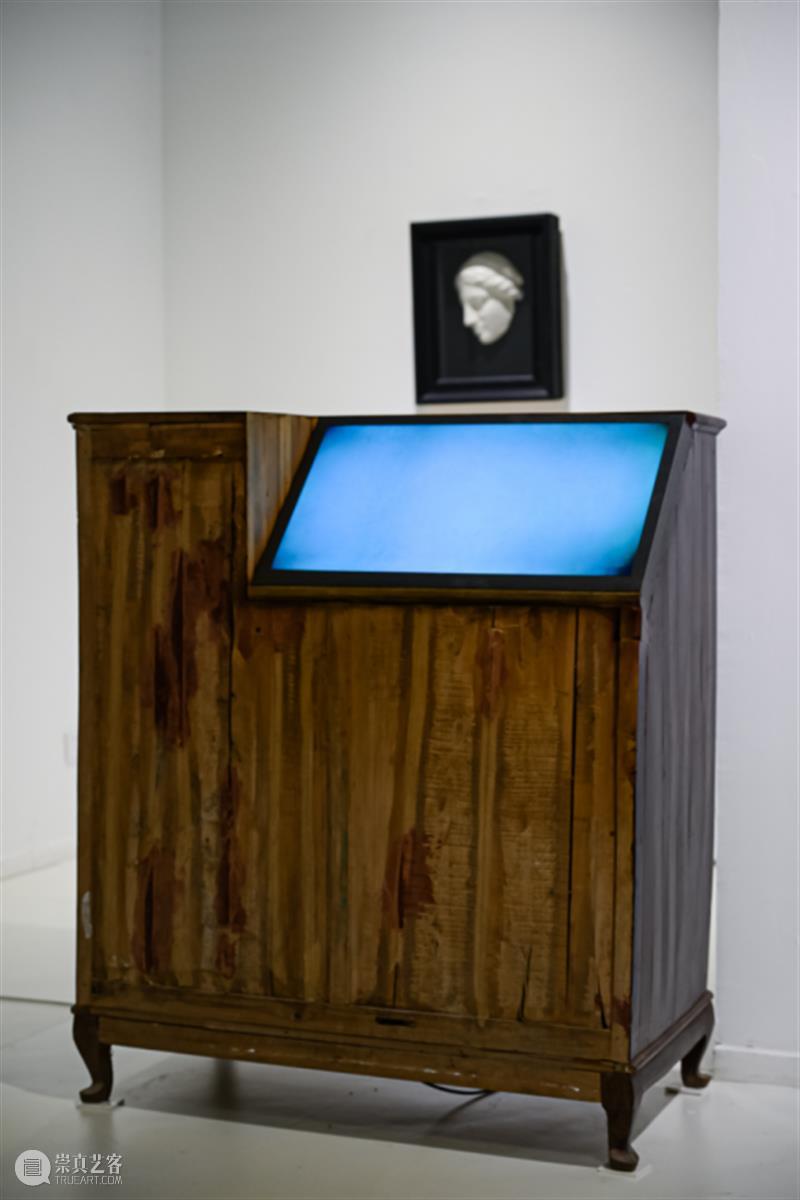
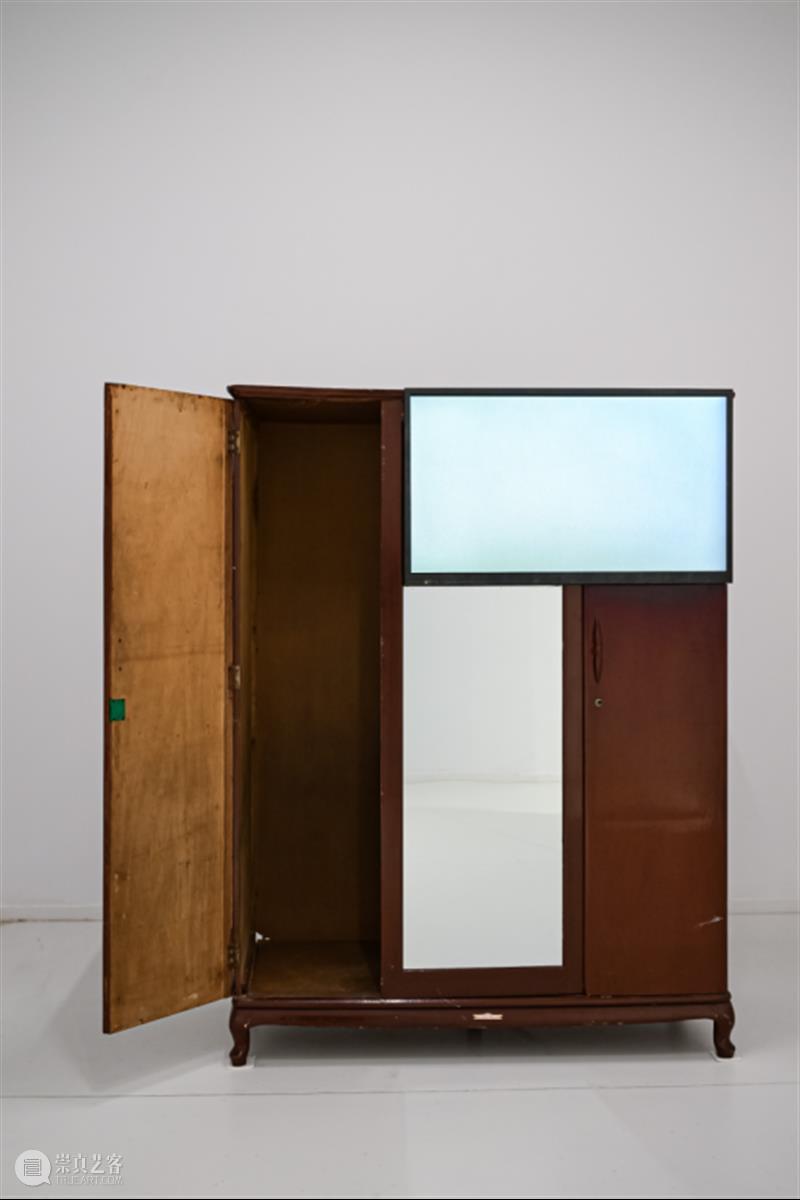
▲ INSIDE THE SURFACE installation 2024 Shanghai Chun Art Museum
_关于艺术家
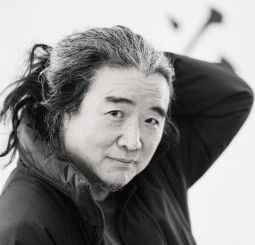
▲ 刘广云
刘广云,出生于济南,毕业于中央工艺美术学院,现工作生活于上海和德国美茵兹。他的作品包括综合材料、装置、录像、多媒体等,曾参展第9届哈瓦那双年展、德国波恩第11 届Videonale录像双年展、2013香港深圳双城双年展,第5届波兰波兹南双年展,第13届 印尼日惹双年展,杜塞尔多夫艺术大展,德国德雷斯顿Ostrale国际艺术大展,并在西班牙索菲亚王后艺术博物馆,巴黎东京宫,德国波恩美术馆,瑞士Interlaken美术馆,德国汉诺威浮士德美术馆,德国欧宝美术馆,上海民生美术馆,成都市美术馆等处展出作品。
Liu Guangyun was born in Jinan in 1962, graduated from the Central Academy of Arts and Crafts in 1987, and now lives and works in Shanghai and Mainz, Germany. His works include mixed media, installation, video, multimedia, etc. He has exhibited at the 9th Havana Biennial, the 11th Videonale Video Biennial in Bonn, Germany, the 2013 Hong Kong Shenzhen Biennale, the 5th Poznan Biennial in Poland, the 13th Yogyakarta Biennial in Indonesia, the Art Düsseldorf, the Ostrale International Art Exhibition in Dresden, Germany, and at the The Queen Sofia Art Museum in Spain, Palais de Tokyo in Paris, Kunsthalle Bonn in Germany, Interlaken Museum in Switzerland, Faust Art Museum in Hannover in Germany, Minsheng Art Museum in Shanghai, Chengdu Art Museum, etc.
_关于策展人
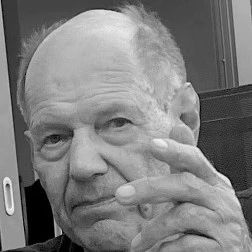
▲ 迈克尔·斯托贝尔
迈克尔·斯托贝尔,德国知名策展人和批评家,现生活在汉诺威,曾于德国哥廷根、法国尼斯和美国纽约学习艺术史、文学和哲学。多年来,他为柏林《每日新闻》(taz)和北德广播公司(NDR)撰写关于艺术、文学和戏剧的文章。并通过担任 德国先锋派大师Timm UIrichs 展览的策划扩大了他的学术活动领域。他也是VGH的艺术顾问和关于VGH艺术收藏书籍的作者。目前,他作为德国最具学术影响力的艺术杂志《国际艺术论坛》(Kunstforum International)《伊孔》(EIKON)和《艺术家》(die artist)的特约撰稿人为世界范围内的重要展览撰写评论文章,并参与《艺术报》(Kunstzeitung)和《哈兹报》(HAZ)专题写作。
Michael Stoeber, curator and art critic, lives and works in Hanover and other places. Writes regularly for daily newspapers and magazines, including Kunstforum International, EIKON and artist. He is a book author and the author of numerous catalogue contributions.

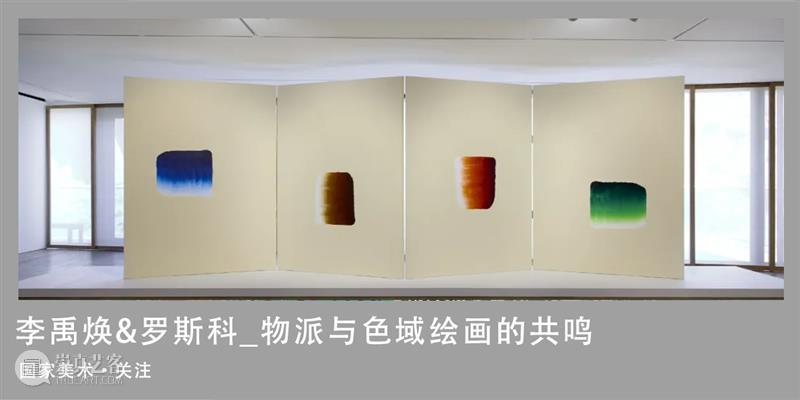
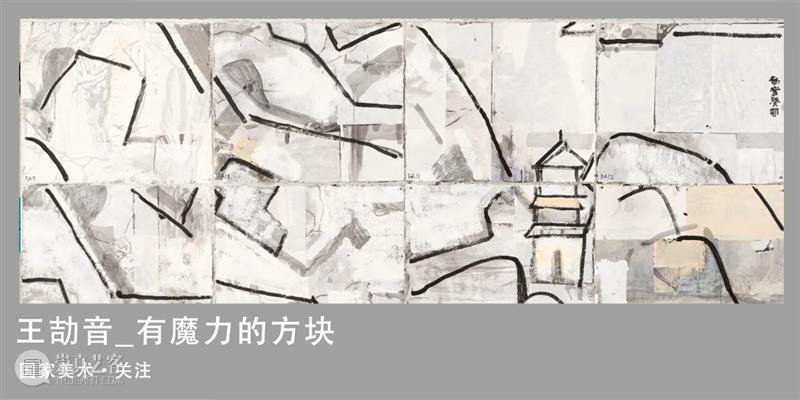
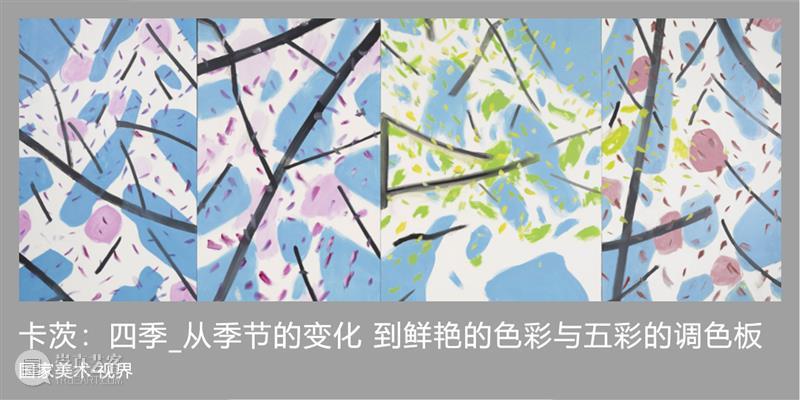
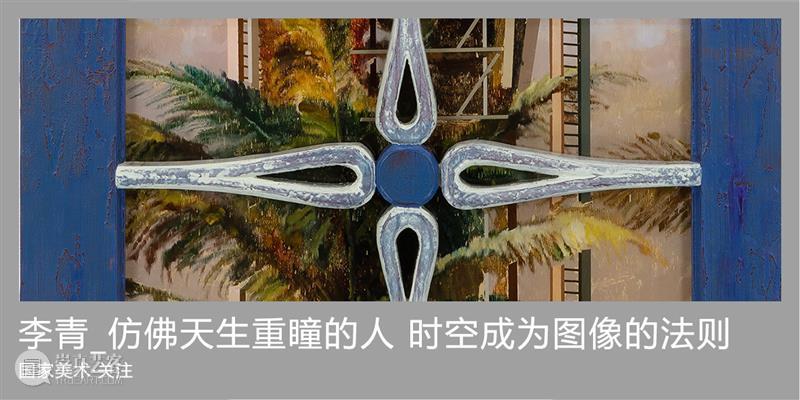
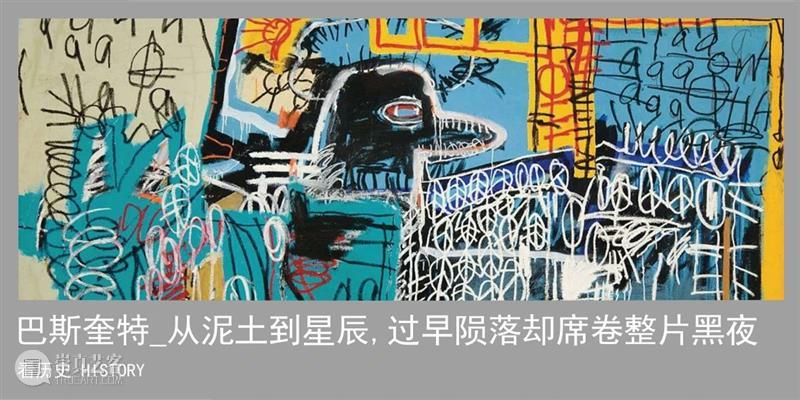
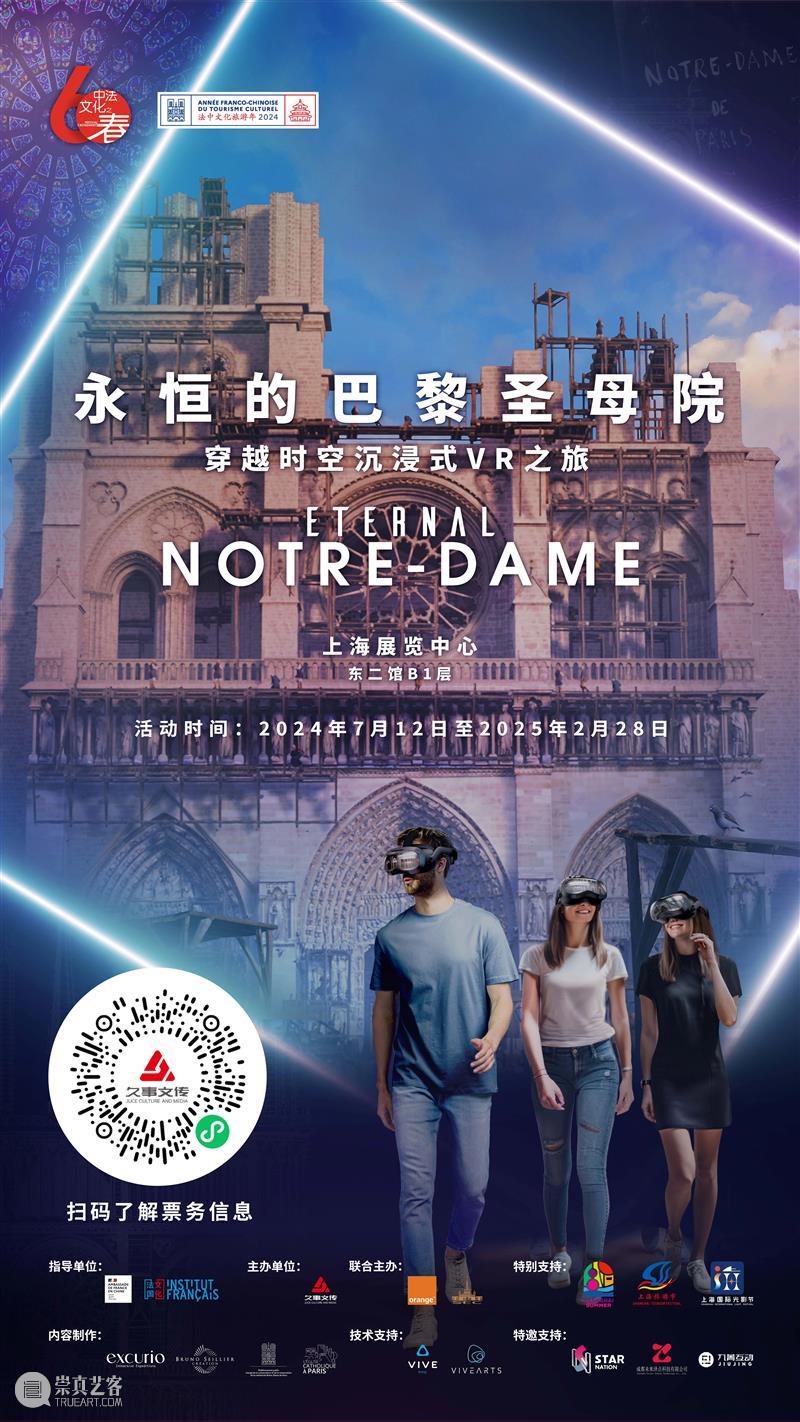
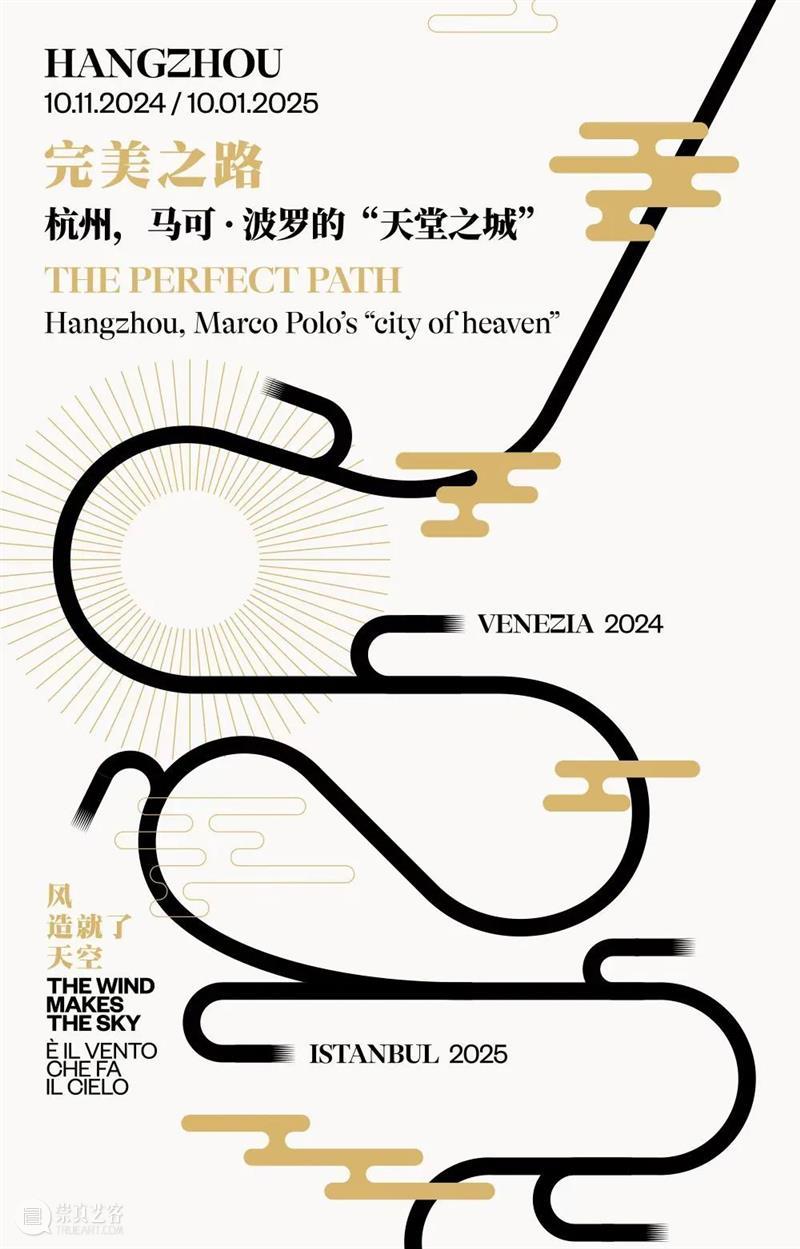
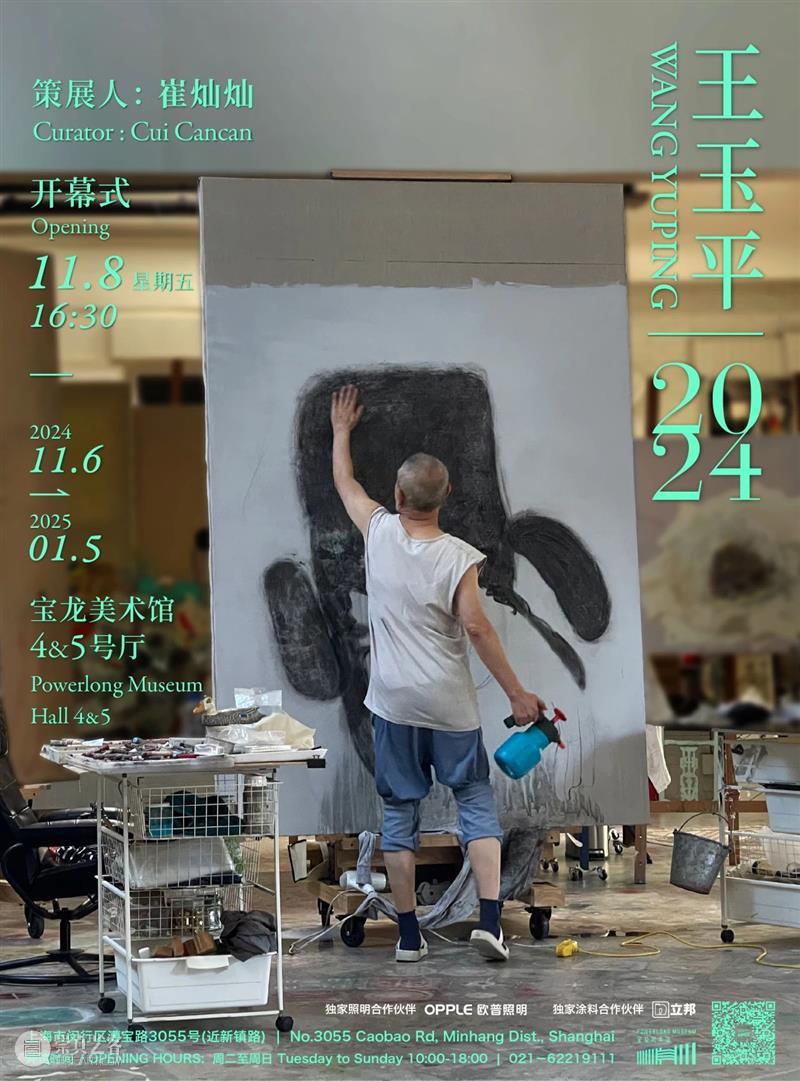
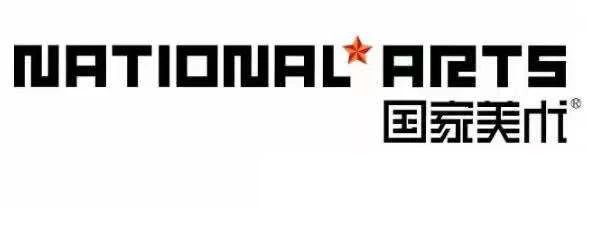
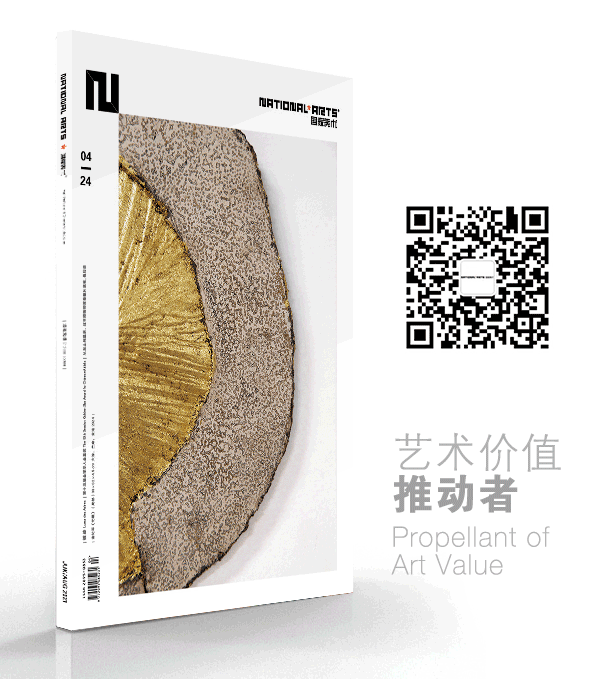

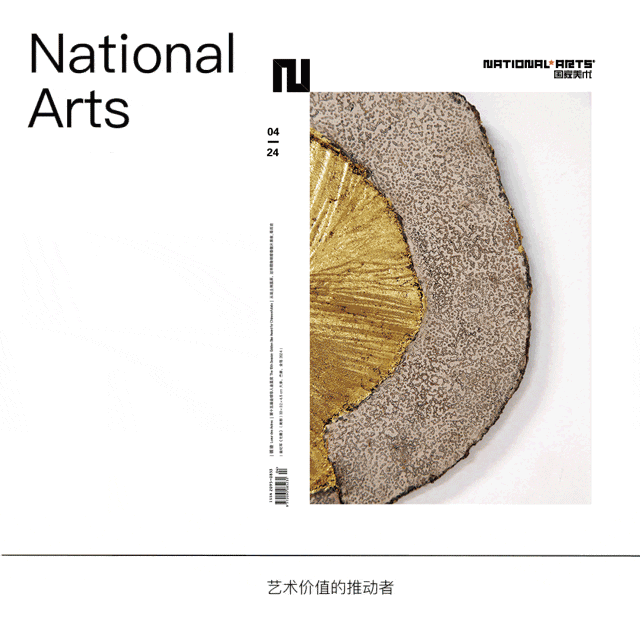


已展示全部
更多功能等你开启...






 分享
分享